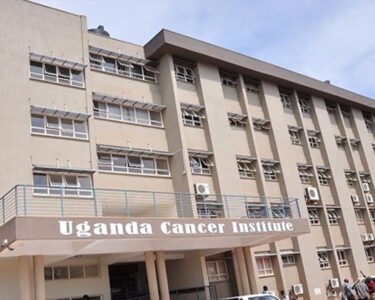Low blood pressure, medically known as hypotension, is defined as a reading below 90/60mmHg. While it may not always present symptoms, treatment may be necessary if symptoms arise.
Symptoms of Low Blood Pressure
If you experience persistent symptoms, it’s important to check your blood pressure. Common symptoms include:
– Lightheadedness or dizziness
– Nausea
– Blurred vision
– General weakness
– Confusion
– Fainting
How to Check Your Blood Pressure
You can monitor your blood pressure through various methods:
– Visiting a pharmacist for a reading
– Consulting a practice nurse or GP
– Using a home blood pressure monitor
Treatment for Low Blood Pressure
If an underlying cause is identified, a GP may suggest specific treatments to alleviate symptoms. These might include:
– Adjusting medications or dosages if they are the cause
– Wearing support stockings to improve circulation and increase blood pressure
Medications to raise blood pressure are rarely needed, as lifestyle adjustments or treating the root cause are often effective.
Self-Help Measures for Low Blood Pressure
There are several actions you can take to manage low blood pressure symptoms:
Do:
– Rise slowly from sitting to standing
– Move gradually from lying down to sitting and then standing
– Eat small, frequent meals and rest afterwards
– Increase your water intake
Don’t:
– Avoid sitting or standing for prolonged periods
– Avoid sudden posture changes
– Limit alcohol consumption
Causes of Low Blood Pressure
Blood pressure naturally fluctuates throughout the day, influenced by activities and emotions. Various factors can lead to low blood pressure, including:
– Good physical fitness or hereditary factors
– Aging
– Pregnancy
– Certain medical conditions, such as diabetes
– Specific medications





